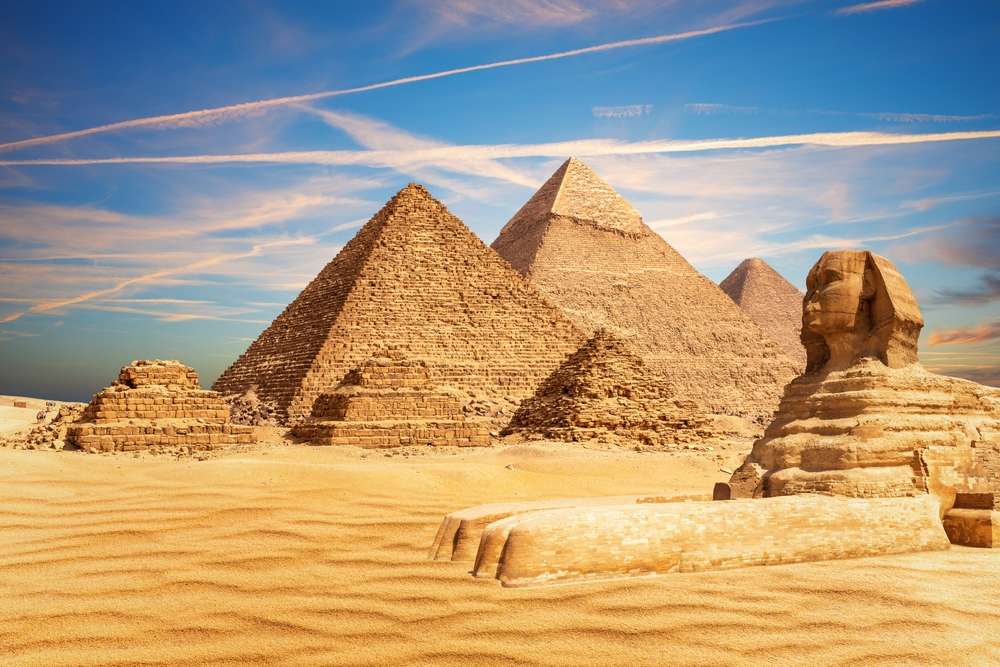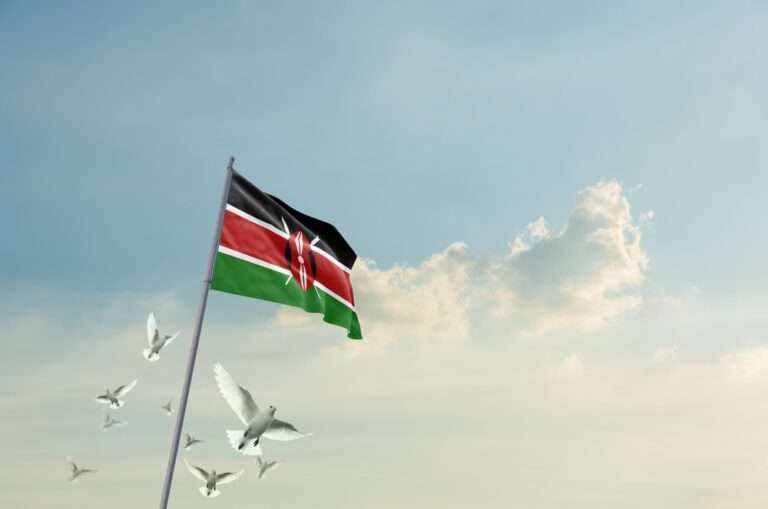
Egypt
Tucked in the Western Desert of Egypt, Siwa Oasis is a hidden gem offering guests a unique fusion of historical curiosity, natural beauty, and cultural diversity. Far from the busy cities of Cairo and Alexandria, Siwa provides a peaceful haven where time appears to stop and the grandeur of the desert rules supreme.
A Glimpse into Siwa’s Natural Wonders
Surrounded by a vast expanse of golden dunes, Siwa Oasis is a rich paradise distinguished by palm groves, glistening clean springs, and large salt lakes. For millennia, hundreds of freshwater springs—also known as “ain”—have fed life in the oasis. Among the most well-known naturally occurring springs claimed to have been visited by the fabled queen is Cleopatra’s Pool. Its blue waves welcome guests for a cool swim, providing respite from the arid heat.
Another wonder is Siwa’s salt lakes, glittering under the arid heat. Rich in minerals, these lakes have well-known healing qualities. A bizarre feeling, floating peacefully in these deep waters, is like being cradled by the earth itself—unmatched beauty results from the lakes reflecting the flaming colors of the sky at sunset.
The Enigmatic History of Siwa
Beyond its obvious appeal, Siwa Oasis has a history as fascinating as its scenery. Early civilizations considered this oasis spiritual and a necessary halt on historic trading routes. A monument to Siwa’s legendary past is the Temple of the Oracle of Amun. Constructed in the sixth century BCE, this temple once drew pilgrims from all across the Mediterranean, including the eminent Alexander the Great, who is thought to have sought the direction of the oracle.
Built from kershef—a mixture of clay, salt, and mud—the remnants of Shali Fortress chronicle Siwa’s resiliency. With its intricate paths and ancient walls offering a view into a bygone age, the fortress nevertheless survives as a reminder of the oasis’s history even though it was abandoned following significant rain in the 20th century.
Siwan Culture: A Tapestry of Tradition
Siwa’s appeal transcends its obvious beauty and includes its rich cultural legacy. Having Berber roots, the Siwan people have maintained a distinct identity distinguishing them from the rest of Egypt. Still spoken alongside Arabic, Siwi is their language; their rich cultural legacy is reflected in their traditional clothing, which features silver jewelry and complex needlework.
Local handicaps, especially pottery and jewelry, let guests take home a bit of Siwan artistry. Usually created by talented craftspeople, these objects reflect the ageless beauty of the oasis itself.
Still, additional pleasure is Siwa’s cuisine. Made with locally grown foods, traditional dishes like “tagine” and “Bazin” taste the abundance of the oasis. Siwa’s culinary customs center on dates, olives, and honey grown on its rich soil.
Embracing Adventure in Siwa
Siwa provides sports for the daring that highlight the fantastic desert scenery. On a safari across the Great Sand Sea, travelers can gaze at towering dunes, see historic fossil sites, and find the enigmatic “Cold Spring,” a boiling oasis surrounded by unceasing sands.
Sandboarding down the dunes is an exciting sport that combines the incredible backdrop of the desert with the thrills of surfing. A starry night in the desert connects with the universe for people looking for peace since the Milky Way spans the clear sky.
A Journey Worth Taking
Seeing Siwa Oasis is an immersion into a world where history and environment coexist, not only a trip to a place. Every visitor is permanently changed by the tranquility of its scenery, the depth of its past, and the friendliness of its people.
Siwa Oasis is evidence of Egypt’s ongoing beauty as a timeless and living site. Siwa invites you to discover its secrets and savor its great beauty regardless of your interests—from its enchanted springs, ancient ruins, and dynamic culture.
More articles: Why Egypt’s Desert Landscapes Are a Nature Lover’s Dream






